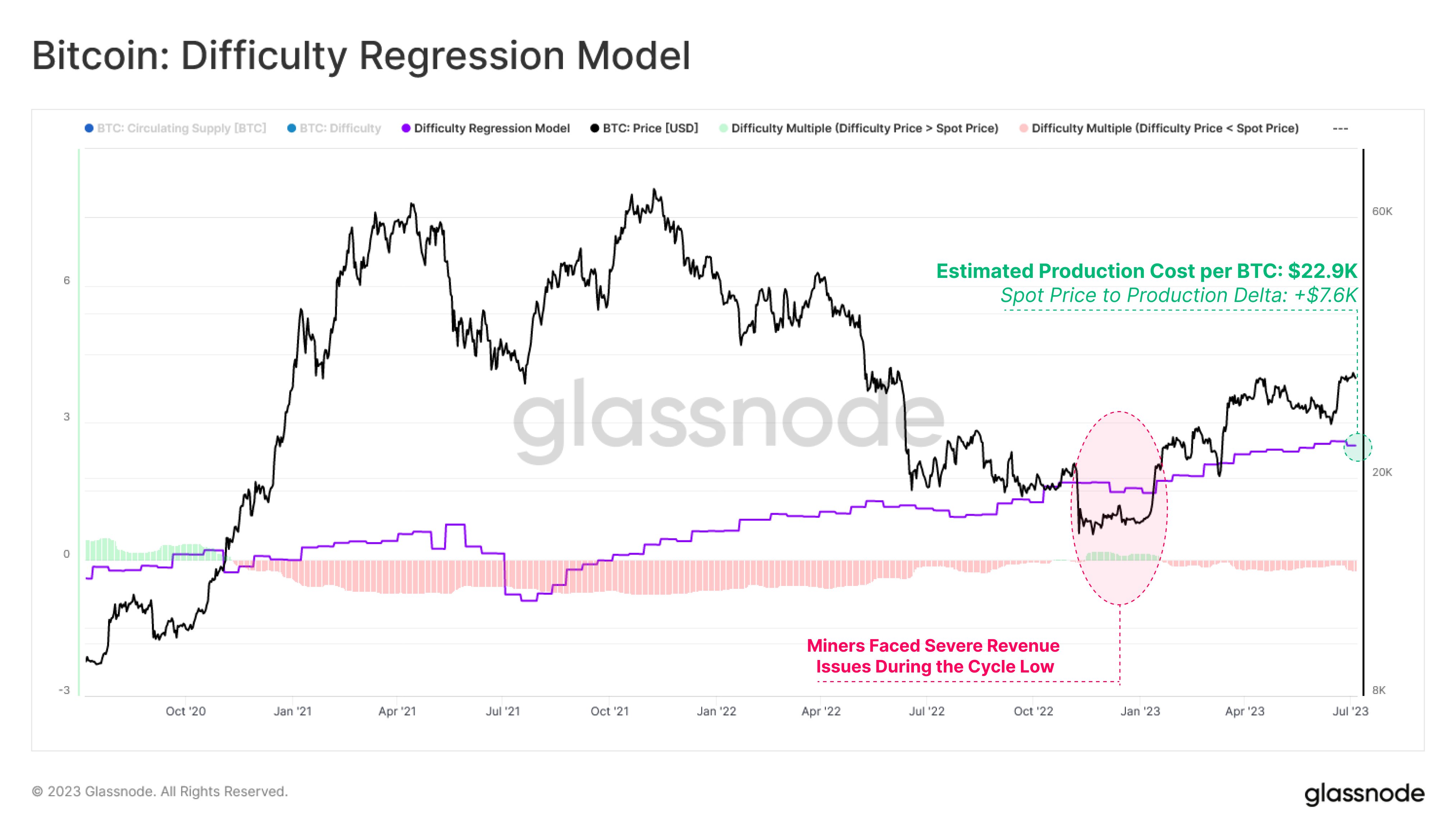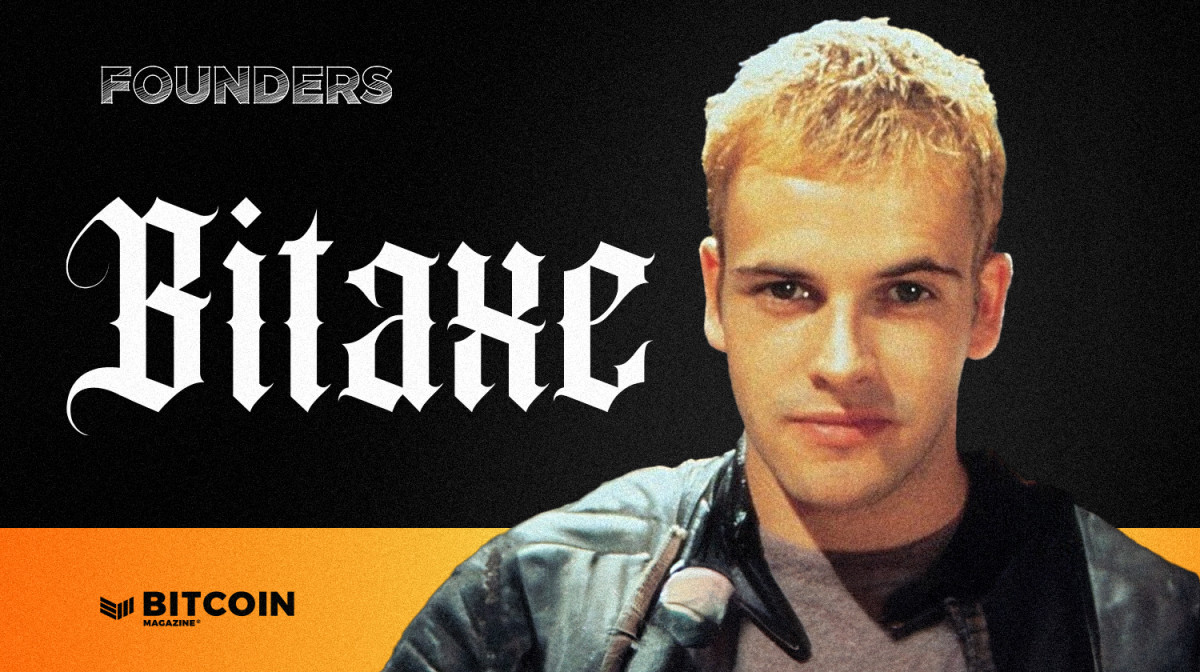2024-10-24 21:04 |
Six months after Bitcoin’s April 2024 halving, mining firms are grappling with shrinking revenue streams, forcing them to rethink their strategies in a rapidly evolving landscape.
The halving, a scheduled event that halves the reward miners receive for verifying transactions, reduces Bitcoin’s supply and is designed to control inflation. But this time, it’s brought a new level of pressure on miners, significantly cutting their profits per block mined. Publicly traded miners like MARA Holdings, Riot Platforms, and CleanSpark are reacting in different ways. While some are adopting the “HODL” strategy—holding onto their Bitcoin in anticipation of future price increases—others are pivoting towards artificial intelligence (AI) as a means of diversifying their revenue.
The demand for AI computing gives Bitcoin miners a unique advantage. Their existing infrastructure positions them as hosts for AI GPU services. However, the pool of partners remains small, limited to major hyperscalers and well-funded AI startups. The estimated $3 billion required to equip a 100 MW site with advanced GPUs highlights the financial challenges miners face in capitalizing on this trend.
Wolfie Zhao, an analyst at TheMinerMag, notes that miners holding Bitcoin are betting on long-term gains, funding their operations through other means like debt or equity to avoid selling at low prices. However, this strategy carries risks. While Bitcoin’s price has surged over 60% this year, the stock prices of mining giants MARA and Riot have dropped 18% and 36%, respectively. The halving has hit profitability hard, even as the market shows signs of recovery.
Meanwhile, miners embracing AI are thriving. Core Scientific and TeraWulf, for instance, have seen their stock prices skyrocket—Core Scientific’s up 272% and TeraWulf’s by 128%. Core Scientific’s surge came after securing multi-billion-dollar contracts with CoreWeave, a major player in AI infrastructure. In fact, Core Scientific has long positioned itself as a data center operator rather than a traditional Bitcoin miner. This forward-thinking approach, which started back in 2019, allowed it to weather the crypto winter and Chapter 11 bankruptcy in 2022 before re-emerging stronger in early 2024.
The firm’s deal with CoreWeave highlights the capital-intensive nature of AI operations. While Bitcoin mining sites can be built for around $500,000 to $750,000 per megawatt, AI infrastructure costs shoot up to $10 million to $12 million per megawatt. Core Scientific’s latest 500-megawatt deal with CoreWeave will cost roughly $5 billion and power about 100,000 homes when it comes online in 2025 and 2026. This scale of investment dwarfs traditional mining operations and underscores the shifting dynamics in the sector.
Source: Core Scientific
Similar but Worlds ApartAI and Bitcoin mining may share some technical similarities, but the operational demands are worlds apart. AI requires constant uptime, meaning expensive redundancy measures like backup generators and uninterruptible power supplies. Cooling methods, too, differ significantly—while Bitcoin miners can get by with fan or fluid cooling, AI clusters require sophisticated air conditioning or liquid cooling systems that drive up costs.
Core Scientific’s long-standing expertise in building application-specific infrastructure gives it a competitive edge over newer entrants to the AI space. The company has been hosting AI clusters since 2019, well before AI boomed into mainstream consciousness. This experience allows it to avoid the operational risks that come with building large-scale data centers.
Elsewhere in the industry, German data center provider Northern Data is looking to offload its crypto mining arm, Peak Mining Frankfurt, to double down on AI. Northern Data’s announcement led to a 12% spike in its stock price, reflecting investor enthusiasm for the shift. The proceeds from the potential sale will fund the company’s growing AI business, which it expects to triple its revenue in 2024. The firm is even considering listing its AI division on a U.S. exchange with a valuation of $16 billion.
Unstoppable Demand for Data Center SpaceThe trajectory for data center expansion through 2026 looks relentless, driven by skyrocketing demand from AI and machine learning, according to industry leaders like Nvidia and top U.S. tech giants. These technologies require vast computational power, and Bitcoin miners, with their established infrastructure, are well-placed to capitalize on this boom.
Fred Thiel, CEO of Marathon Digital Holdings (MARA), likens today’s AI surge to the dot-com boom of the early 2000s. However, he warns that smaller players risk overextending themselves by overbuilding capacity without securing enough demand. If their clients fail to generate revenue, these companies could face serious financial challenges. Thiel’s caution highlights the delicate balance that Bitcoin miners must strike between rapid growth and ensuring sustainable, long-term demand.
Still, Thiel remains bullish about the potential for AI to transform Bitcoin mining. He envisions miners evolving into energy partners for AI data centers, leveraging low-cost energy sources to drive profits and efficiency. This transition could position Bitcoin miners as major players in the AI space, contributing both energy and computational resources.
Strategic Integration and PartnershipsMARA is in the process of consolidating 54% of its third-party hosted capacity, aiming to create a more vertically integrated operation. This mirrors the strategy of Riot Platforms CEO Jason Les, who has expressed openness to AI partnerships under the right circumstances. As AI and cryptocurrency continue to converge, such moves are critical for companies seeking to stay competitive in this rapidly evolving landscape.
Embracing Sustainable Energy SolutionsOne of MARA’s key initiatives is reducing energy costs by harnessing stranded or flare gas for on-site power generation. This approach not only slashes operational expenses but also addresses energy curtailment issues. Thiel emphasizes the importance of maximizing Bitcoin mining efficiency, noting that nearly eliminating energy costs dramatically cuts the expense of acquiring Bitcoin. This gives MARA a significant edge over its competitors.
Looking ahead, MARA plans to diversify its revenue streams, shifting 50% of its business away from Bitcoin mining to offshore operations over the next four years. By focusing on transforming energy into value, MARA aims to become a tech leader, with modular data centers powered by flare gas serving the energy-intensive demands of AI inference. These flexible and scalable centers are perfectly suited for the future of AI.
Source: MARA
The Bitcoin mining industry, while still profitable for some, is increasingly being overtaken by AI’s growing dominance. As miners like Core Scientific and Northern Data pivot to AI, the future of the sector seems increasingly tied to the computational power race, with the potential rewards as vast as the challenges.
Listen to Fred Thiel, the CEO of Marathon Digital Holdings, one of the largest Bitcoin mining companies on the planet on the Crypto Conversation podcast.
Similar to Notcoin - Blum - Airdrops In 2024
Bitcoin (BTC) на Currencies.ru
|
|










